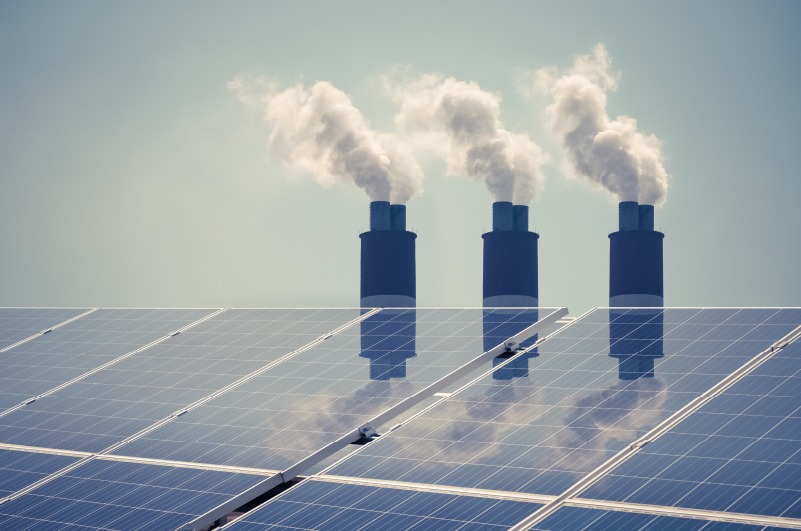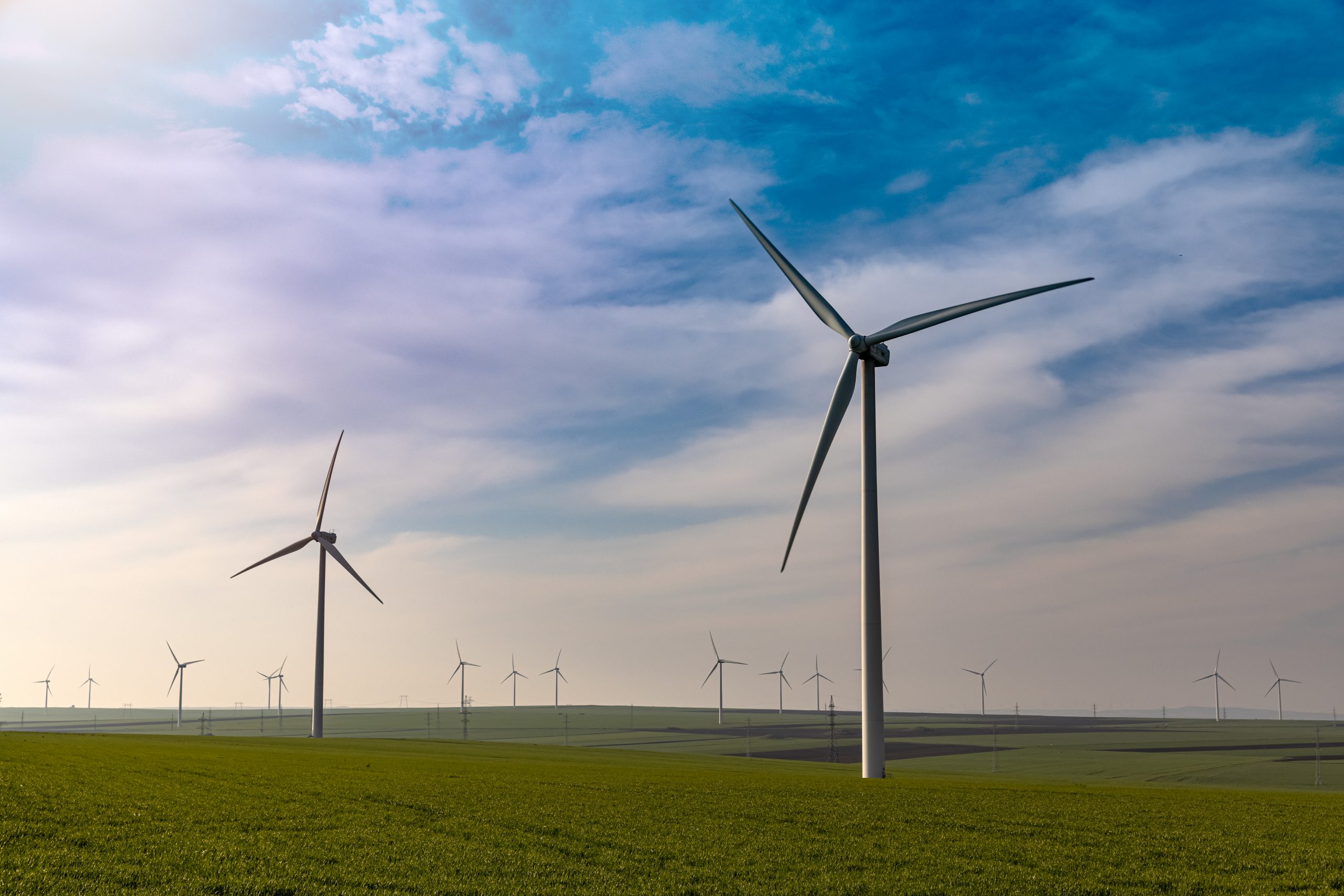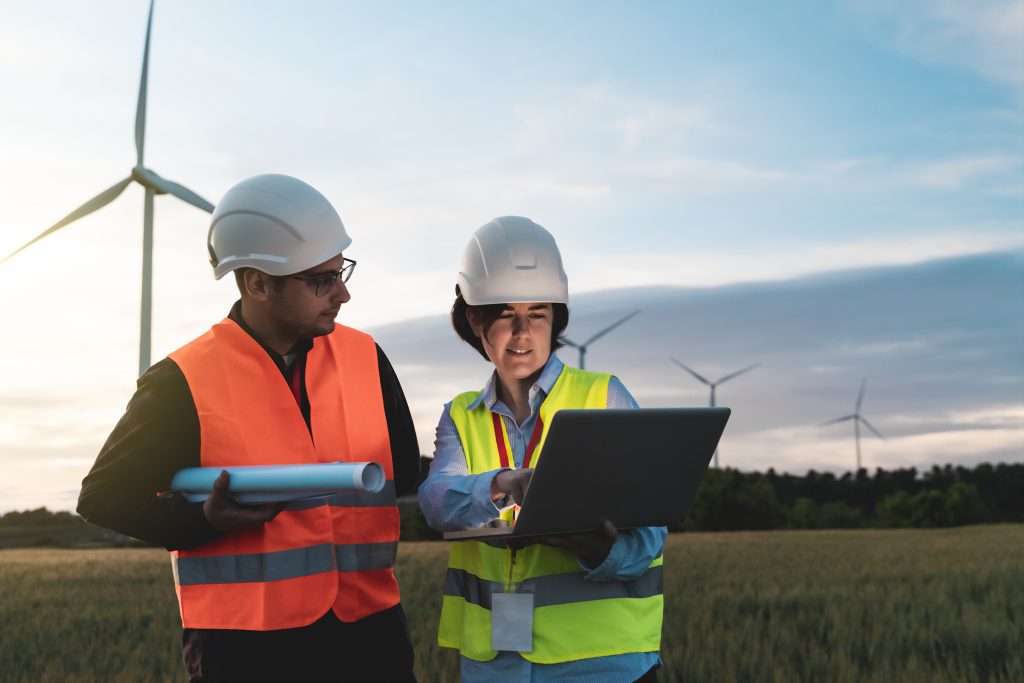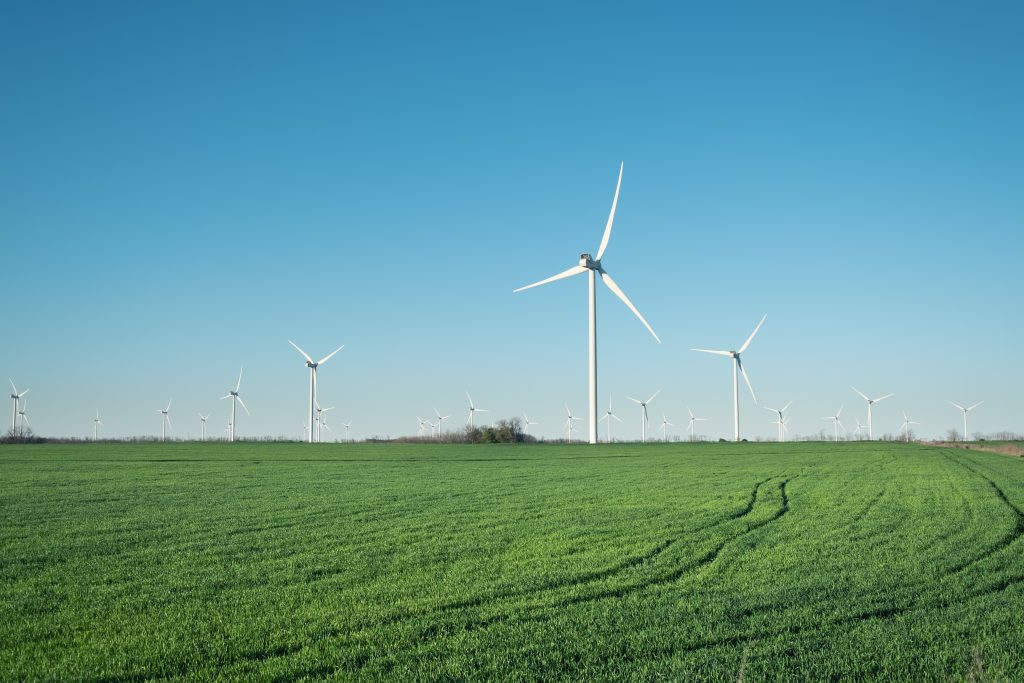The energy transition is one of the most important agendas for the industrial sector in order to contain the advance of global warming. But how can this be done feasibly?
The need to reduce greenhouse gas emissions has been highlighted in recent months around the world. The role of the industrial sector in this change is to transform its operations so that energy dependence on non-renewable sources is eradicated.
The task is far from simple and requires time and investment to actually get it done. However, from the digital transformation and its technologies, industries have the opportunity to implement in their operations tools capable of helping this energy transition process.
Digital Transformation as a tool for decarbonization
Digital transformation is a process that industries have been going through over the past few years. The concept is that of digitizing and automating tasks and operations with the help of cutting-edge technologies in the midst of industrial processes.

Among these technologies, some have already attracted the attention of managers of many plants due to the benefits generated by the operation. Are they:
These 03 technologies have been the pillars of a strong digitalization process in the industrial sector. From them, industries can benefit from the control of data and variables that are difficult to control in real-time and are assisted by analytics and prediction algorithms. This combination of technologies is able to predict scenarios, generate simulations, and identify optimization points within an operation.
But how exactly are these technologies the starting point for a decarbonization strategy?
There are currently some bottlenecks that prevent the mass adoption of technologies such as solar panels and windmills. Among the reasons for the difficulty in implementing these tools is the high investment cost required, which despite having dropped recently, is still an obstacle to the scale adoption of this type of energy source.

Another factor, and perhaps the most important, is the energy efficiency of these sources. Despite recent evolutions in storage using lithium batteries, there is still a huge gap in the balance between storage and demand.
In addition, it is necessary that these structures have good energy production efficiency, are capable of meeting demands, and effectively breaking the dependence on energy sources responsible for environmental impacts.
The combination of Digital Twin and IoT could be the solution to this tremendous challenge.
Since there is a continuous flow of data being transmitted in real-time, there is also an incredible gain in communication and management between the structures.
Improved communication is possible through an IoT communication network, together with the application of Digital Twin technology, resulting in production optimization, also allowing for the simulation of scenarios and the constant monitoring of operations, tracking of emissions, and energy use.
The application of digital technologies is also beneficial in terms of asset integrity management, ensuring optimized maintenance and inspection journeys with total control.
Certainly, the adoption of Digital Twin and IoT technologies in this energy transition process is a key point for industries that have the objective of decarbonization in their scope.



